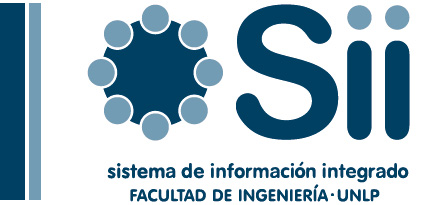Peridynamic Theory and Its Applications [libro electrónico] / by Erdogan Madenci, Erkan Oterkus.
Tipo de material: TextoDetalles de publicación: New York, NY : Springer New York : Imprint: Springer, 2014.Descripción: xii, 289 p. : ilTipo de contenido:
TextoDetalles de publicación: New York, NY : Springer New York : Imprint: Springer, 2014.Descripción: xii, 289 p. : ilTipo de contenido: - text
- computer
- online resource
- 9781461484653
- TA405-409.3
- QA808.2
 Libro electrónico
Lista(s) en las que aparece este ítem:
Ebooks
Libro electrónico
Lista(s) en las que aparece este ítem:
Ebooks
Introduction -- Peridynamic Theory -- Peridynamics for Local Interactions -- Peridynamics for Isotropic Materials -- Peridynamics for Laminated Composite Materials -- Damage Prediction -- Numerical Solution Methods -- Benchmark Problems -- Nonimpact Problems -- Impact Problems -- Coupling of the Peridynamic Theory and Finite Element Methods -- Peridynamic Thermal Diffusion -- Fully Coupled Peridynamic Thermomechanics.
The peridynamic theory provides the capability for improved modeling of progressive failure in materials and structures, paving the way to address multi-physics and multi-scale problems. Because it is based on concepts not commonly used in the past, the purpose of this book is to explain the peridynamic theory in a single framework. It presents not only the theoretical basis but also its numerical implementation.  The book begins with an overview of the peridynamic theory and derivation of its governing equations. The relationship between peridynamics and classical continuum mechanics is established, and this leads to the ordinary state-based peridynamics formulations for both isotropic and composite materials. Numerical treatments of the peridynamic equations are presented in detail along with solutions to many benchmark and demonstration problems. In order to take advantage of salient features of peridynamics and the finite element method, a coupling technique is also described. Finally, an extension of the peridynamic theory for thermal diffusion and fully coupled thermomechanics is presented with applications.  Students and researchers alike will find this book an essential and invaluable reference on the topic. It offers both theoretical and practical knowledge of the peridynamic theory and may be used in courses such as Multi-physics and Multi-scale Analysis, Nonlocal Computational Mechanics, and Computational Damage Prediction.  Sample algorithms for the solution of benchmark problems are available at http://extras.springer.com for researchers and graduate students, who can modify these algorithms and develop their own solution algorithms for specific problems.
No hay comentarios en este titulo.
